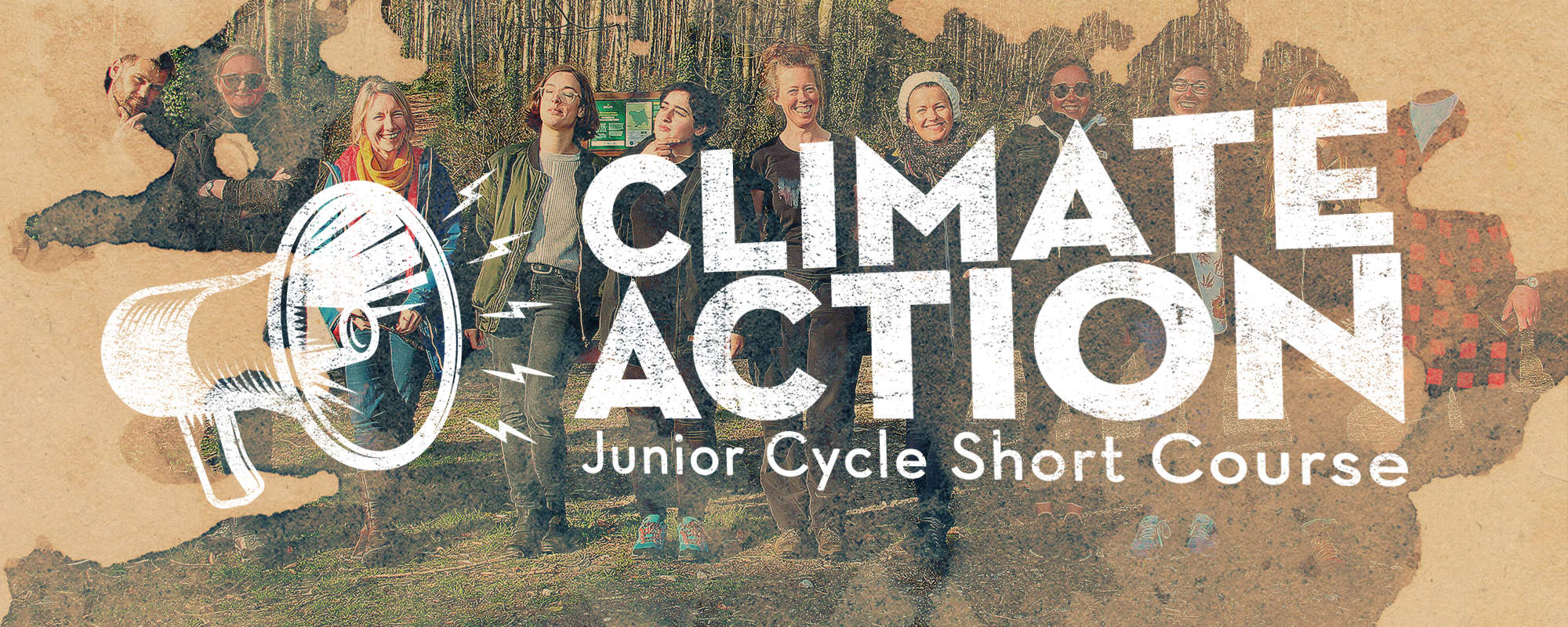
Climate change is the greatest challenge facing humanity. It is a challenge that touches all aspects of our society and our personal lives – from where and how we live, what career we pursue to how we feel about ourselves and sense of connection and solidarity with other people. Young people are more affected by climate change than previous generations. Young people at the start of the 21st century are transitioning into adult life at a time in human history which coincides with the need for deep system transitions, on an unprecedented scale, across all aspects of societies. Given the scale of the global challenges they are facing, young people deserve transformative and empowering education which is specifically tailored to the context in which they find themselves.
- Responding adequately to climate change and reaching this goal of empowerment requires educators and school communities to draw deeply on established knowledge and skills as well as significant new learning. The task for schools and teachers is daunting but exciting. Achieving this will require a sustained collective effort of both the imagination and the intellect. The learning approach to this short course has been developed as a means by which students can be equipped in a practical and emotional way for engagement with climate action and lifelong active global citizenship. The approach brings together influences from different fields of education, and is based on;
- Holistic learner-centred education, (including starting from students intertwined feelings and thinking, students’ life experiences, students participating in decision-making, and cocreating learning and action)
- Democratic global citizenship; (involving critical reflection on global issues, democratic participation and informed and meaningful action) and
- Place-based education (building students’ sense of belonging and connection to place, nature and community through enjoyable outdoor experiences, group experiences and learning in my local community).
This approach is participatory, active, engaging, empowering, and so it can be very enjoyable and full of meaning, purpose and positive affirmation for students. It connects personal wellbeing to the wellbeing of people and the environment. It is focused on social change, and on the personal and group empowerment that enables people to be part of the democratic and creative processes of social change on many scales. The key characteristics of the learning approach for this short course are provided in a supporting document for teachers called ‘Learning for Climate Action’, which contains background information and links to materials to support teachers in planning teaching and learning in this short course.Some of the key considerations which have informed the learning approach of the course, and subsequent design of the four strands of the course include;
- The need to realise children’s rights to meaningful participation in climate action by creating space or safe inclusive opportunities for students to form and to amplify their voices, express their views, and be heard by relevant audiences, and have influence, as they take action together to ensure that their views are acted on.
- The potential of outdoor learning and place-based learning to support young people to step into the places in which they live as active citizens, critically engage with issues that are relevant to their lives and communities and gain benefits of outdoor learning for physical and mental wellbeing, as well as for motivation and commitment to lifelong climate action.
- The need for co-design and democratisation of learning through significant opportunities for teachers and students to work as genuine partners and collaborators, through learning outcomes and approaches designed to incorporate co-design or youth-led action so that learning experiences are responsive to the student’s interests and needs and real world events.
- The need for skill development for collective action and experience of decisionmaking, by providing substantial time for student-led action, that increases student capacity over time to collaborate with peers on actions they have chosen.
- The need for learning environments to include space for imagining radical and systemic social change. The course aims to create space for imagining the deep transformations in social and economic practices required for climate stabilization, and visioning alternative ways of organising society and steps we can take now to get there.
One critical aspect of the design of the course is the recognition that the process of empowerment is self-driven – it relies on the student becoming engaged by doing what they enjoy, starting from their lives and interests. Becoming empowered and involved in social change is also a social activity, in which enjoying connecting and bonding to others are core ingredients. These dimensions of enjoyment and of social connection supports wellbeing and are central in creating an empowering environment where students can deal with their feelings about climate change, develop new skills and new ways of being and thinking, and rise to the challenge of taking part in social change. It is this learning approach that makes the course enjoyable for learners, as they have the opportunity to engage the head, heart and hands in action that expands their sense of confidence and capacity to address challenges and be part of communities that are creating a positive and sustainable future.
